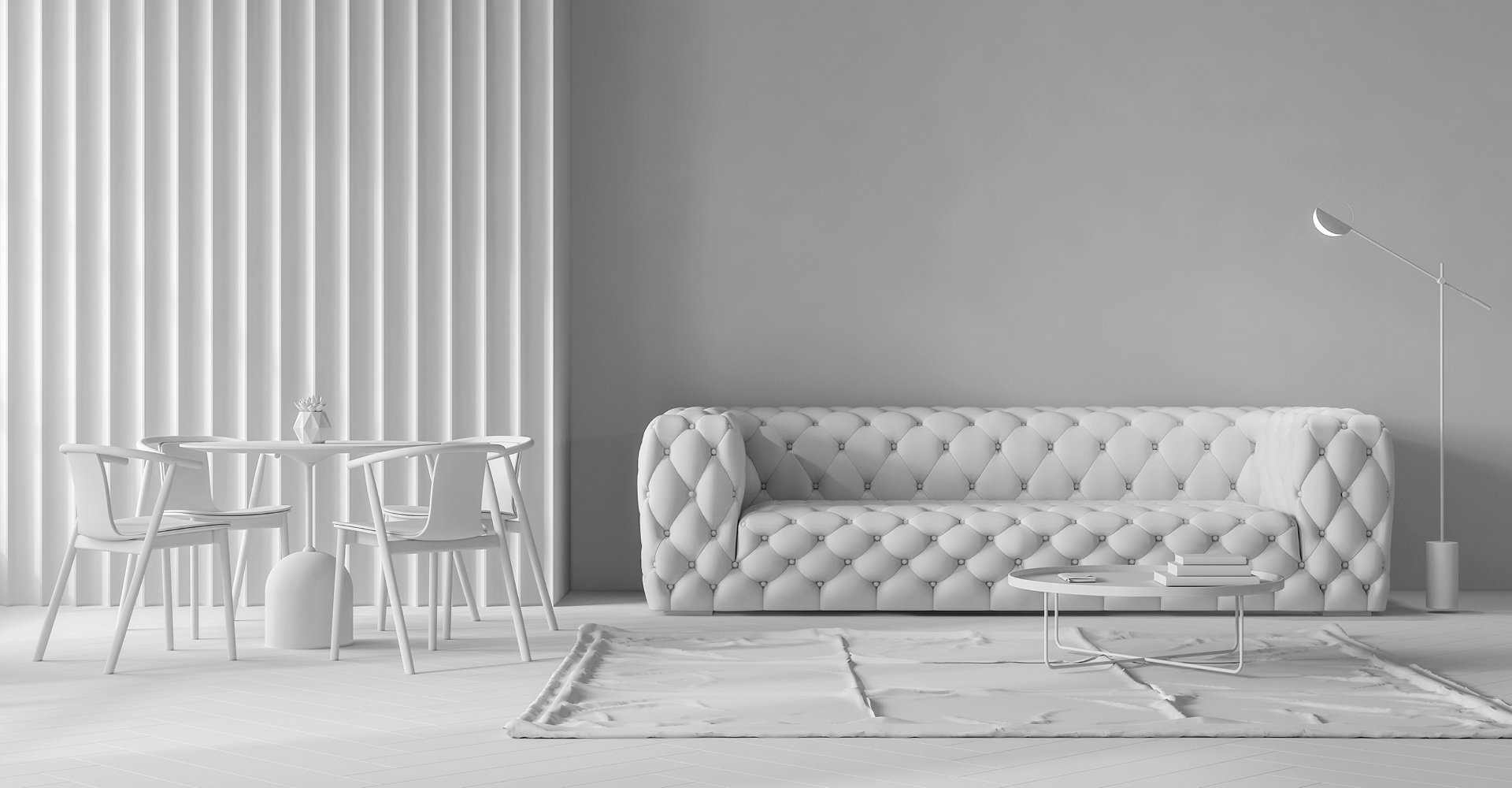
Innovative design shaping the furniture industry
Published by Admin on
Jun 17, 2024 8:00:00 AM
Furniture manufacturing has traditionally been associated with significant environmental impact, from deforestation to the use of toxic chemicals in manufacturing processes. However, in recent years, the demand for sustainable furniture manufacturing has been increasing as consumers become more aware of the impact of their purchasing decisions on the environment.
Definition of sustainable furniture manufacturing
Sustainable furniture manufacturing is the practice of creating furniture in a way that minimises negative environmental impact and maximises social and economic benefits. This involves using sustainable materials, employing eco-friendly manufacturing processes, and implementing innovative designs and technologies that promote sustainability. It takes into account the entire lifecycle of the product, from raw materials sourcing to end-of-life disposal, ensuring minimal impact on the environment and society throughout its lifespan.

Importance of sustainable furniture manufacturing
Several reasons highlight the importance of sustainable furniture manufacturing:
- Environmental Preservation: Furniture manufacturing can have a significant impact on the environment, from deforestation to the use of hazardous chemicals. Sustainable practices aim to minimise this impact and preserve natural resources for future generations.
- Climate Change Mitigation: The furniture industry contributes to greenhouse gas emissions. Sustainable manufacturing reduces these emissions by using renewable energy sources, minimising waste, and reducing energy consumption.
- Social Responsibility: Prioritising fair labour practices, worker safety, and ethical material sourcing ensures a positive impact on society.

Going digital for sustainability
Innovative manufacturing processes contribute significantly to sustainability like digital fabrication technologies. Computer-aided design (CAD) and computer numerical control (CNC) machines allow the precise shaping of materials, minimising waste. These technologies enhance efficiency and reduce environmental impact. By digitally nesting parts on raw materials (such as wood panels or metal sheets), manufacturers maximise material utilisation.
It also allows manufacturers to accurately measure and account for their upholstery fabric. Using Twinbru digital fabric assets, it's possible to calculate the correct amount of upholstery fabric required. This efficiency reduces waste and conserves natural resources. Digital fabrication also enables customisation at scale. Additionally, local production using these technologies reduces transportation-related emissions and supports regional economies.
 Consumers increasingly seek eco-friendly options. They value transparency about materials, manufacturing processes, and ethical practices. A sustainable supply chain is essential for minimising environmental impact and ensuring ethical practices. Digital fabrication technologies enhance efficiency and precision, while sustainable supply chain practices ensure responsible sourcing and ethical production.
Consumers increasingly seek eco-friendly options. They value transparency about materials, manufacturing processes, and ethical practices. A sustainable supply chain is essential for minimising environmental impact and ensuring ethical practices. Digital fabrication technologies enhance efficiency and precision, while sustainable supply chain practices ensure responsible sourcing and ethical production.

Paving the way
Furniture is moving forward. Accessibility to solutions and innovation will future-proof furniture design and manufacturing businesses. What it requires is a consistent focus on quality and utilising digital technologies can help elevate this attention to detail. In the end, it’s the consumer who benefits from more sustainable choices featuring great design and an affordable price point because waste is reduced.
As the world becomes more environmentally conscious, sustainable furniture manufacturing is no longer a trend — it’s a necessity. Remember, sustainable furniture manufacturing isn’t just about creating beautiful pieces; it’s about leaving a positive legacy for future generations.
Tags:
Interior Design,
Sustainability,
3D Visualisation,
3D Modeling,
3D Fabric Textures,
Digital Visualisation,
3D Upholstery Fabric,
Sustainable Furniture,
Environmental Awareness,
Eco-friendly,
Green Living